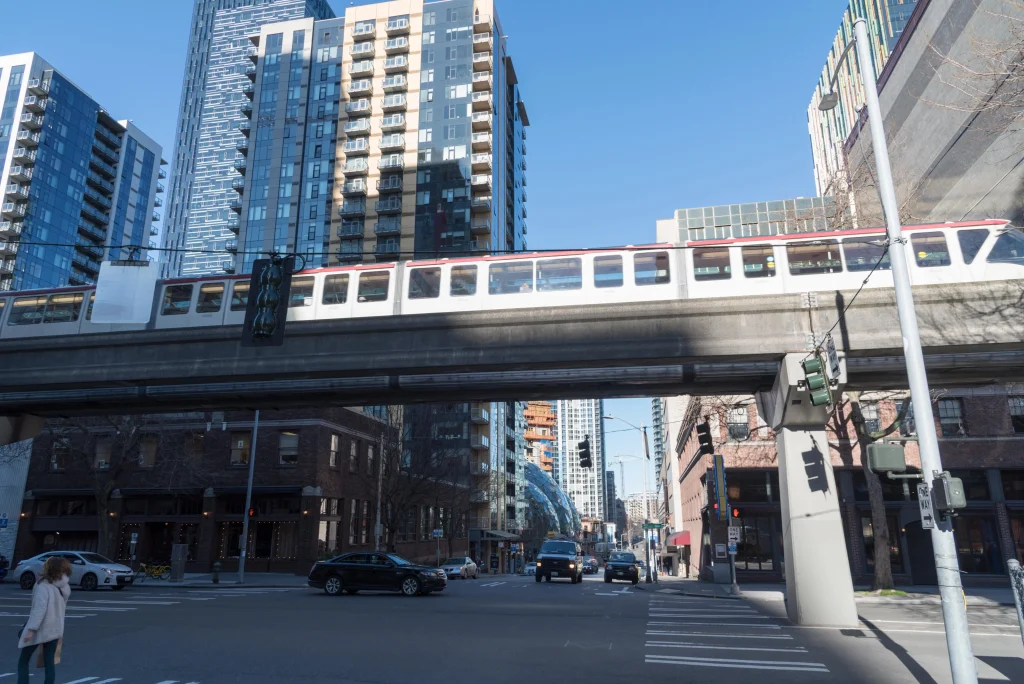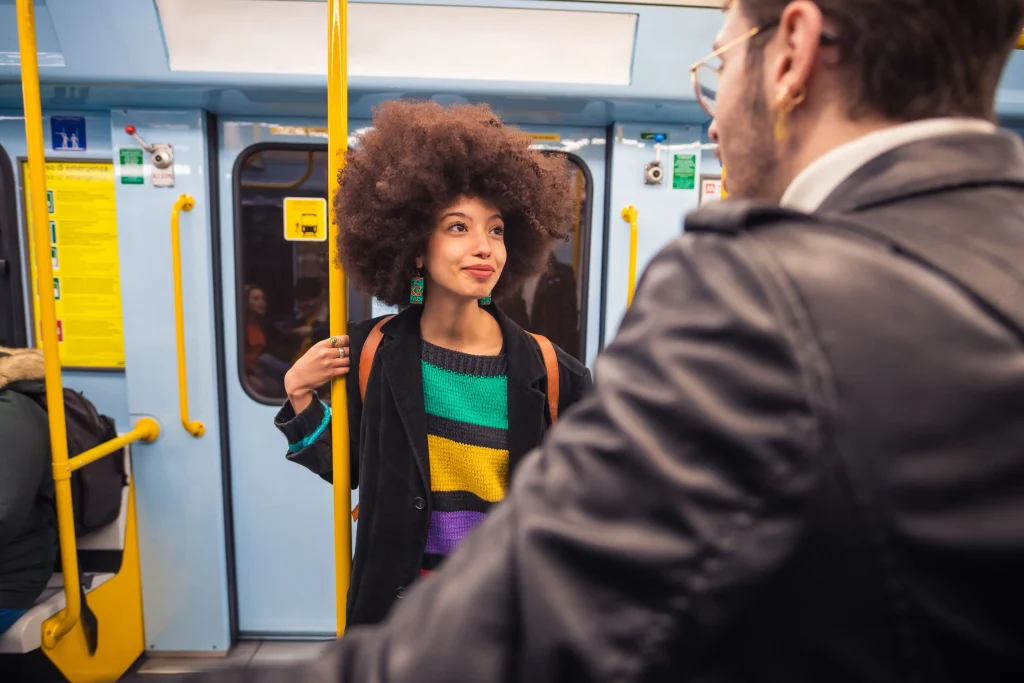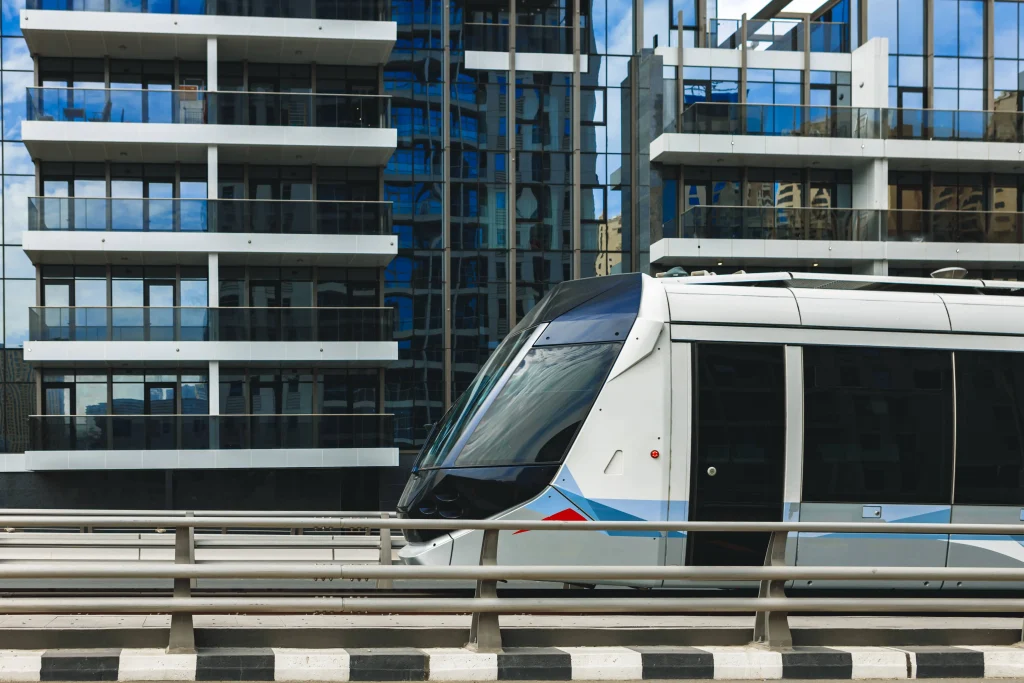The Light Rail Manila Corporation (LRMC) has announced the successful start of the first phase test run for the LRT-1 Cavite Extension, a significant development that could completely change Manila’s transportation environment. In addition to potentially reducing traffic congestion in the metro area, this expansion project is essential for residents and commuters alike. It will also provide a wide access to variety of options, including offers on house and lot in Cavite, become more marketable. With far-reaching implications for commuters and real estate stakeholders alike, the LRMC’s recent milestone represents a significant step toward improving connectivity and accessibility.
LRT becoming a more efficient transportation in the year 2024
With major improvements, the Light Rail Transit (LRT) system, which is run by the Light Rail Transit Authority (LRTA), is now an extremely effective form of transportation. The LRT system’s enhancements have been implemented and coordinated in large part by the LRTA. there have been large infrastructural investments made, including the development of new lines in urban areas and the extension of already-existing LRT networks. Because of the increased coverage and shortened travel times brought about by this expansion, commuters can now get to their destinations faster.
There are many advantages to taking the LRT line 1 in 2024, such as shorter travel times, better connectivity, and increased comfort. Because of these upgrades, the LRT system is now a dependable, effective, and commuter-friendly mode of transportation, making it a desirable option for regular travel.
LRT-1 Extension’s Effect to the Real Estate market

Cavite’s real estate market is expected to undergo a significant transformation thanks to the LRT-1 Extension, which is being led by the Light Rail Manila Corporation (LRMC). Property values along the extended route should experience a significant upward shift as the extension project improves connectivity and accessibility. Together with the convenience that the extended LRT-1 offers, the improved transportation infrastructure is expected to draw real estate developers who will seek to identify and capitalize on potential sites for new projects.
This transportation development will have a knock-on effect on real estate, offering a chance for wise investments. The areas closest to the new route are expected to experience higher demand, which makes them attractive locations for mixed-use, residential, and commercial projects. The LRMC’s crucial role in this project emphasizes the cooperation between real estate dynamics and public transportation initiatives, creating a symbiotic relationship that may promote sustainable urban development and economic growth in Cavite.
Why commuting by LRT is the best option
The successful completion of the LRT-1 Cavite Extension will result in a significant reduction in travel time. The journey from Pasay City to Cavite now takes only about 30 minutes, which is a significant catalyst with far-reaching consequences for the real estate industry. In addition to increasing Cavite’s intrinsic value as a residential destination, this ground-breaking advancement in transportation connectivity significantly increases the location’s market appeal to both investors and prospective homebuyers. For those who work in Pasay City or nearby cities, Cavite is an even more desirable suburb due to the convenience of shorter commutes, which can improve residents’ overall quality of life.
The improved accessibility and efficiency of the extended LRT-1 line are expected to have an impact on the real estate market, potentially increasing demand for real estate. The region’s real estate market may boom as commuters enjoy more convenient travel, providing developers with a strategic opportunity to meet rising housing demand while also supporting Cavite’s overall social and economic development.
Accessibility for Workers

Living in residential areas near LRT-1 stations provides a significant advantage in terms of access to major employment centers, especially if you work in Metro Manila. These areas will have easy access to transportation, allowing residents to get to work quickly and saving time on the commute. Residents can avoid traffic congestion and the stress of long commutes by using the LRT-1 as a reliable mode of transportation. The proximity to employment centers not only saves time, but also improves work-life balance by giving residents more time to spend with their families, pursue personal interests, or participate in recreational activities.
Reduced Traffic Congestion
Residents now have a practical option for daily commuting instead of depending solely on private vehicles thanks to the reliable and effective LRT-1 system. Residents can avoid the lengthy lines and traffic bottlenecks that are frequently associated with congested roads by using the LRT-1, which will save them time and relieve them of the frustration of being stuck in traffic. The LRT-1’s specialized tracks and efficient operations guarantee smooth and efficient travel, making it easy for locals to get where they’re going. This results in a shorter daily commute and promotes a more leisurely and effective way of living. Living close to an LRT-1 station allows locals to plan their schedules with confidence because they have access to a trustworthy and effective transit system.
More access to Shopping and Entertainment Opportunities
The proximity to shopping malls, entertainment centers, and leisure destinations promotes a convenient and vibrant lifestyle. Residents have easy access to a wide range of retail facilities, including well-known shopping malls and boutique stores, where they can explore the latest fashion trends, shop for daily necessities, and enjoy a variety of culinary experiences. In addition, nearby entertainment centers offer residents access to cinemas, theaters, and concert venues, providing a variety of cultural and entertainment opportunities. Residents can enjoy movie nights, live performances, and concerts without having to travel long distances or deal with heavy traffic. Furthermore, the presence of leisure destinations such as parks, recreational complexes, and sports facilities enables residents to participate in outdoor activities, exercise, and relax in green spaces.
A more affordable option in commuting
Using the LRT system can be a cost-effective option that allows people to save money. The costs of owning a private vehicle can be significant, including monthly loan payments, fuel costs, insurance premiums, maintenance fees, parking fees, and toll charges. Individuals who rely on the LRT for daily commuting can avoid or significantly reduce these costs. Rather than paying for fuel and vehicle maintenance, commuters can buy LRT tickets, which are relatively inexpensive and provide unlimited rides within a set time frame.

Initial Test Run of the LRT 1
The successful initial test run for the LRT-1’s Cavite Extension marked a crucial step in the project’s development. The assessment of compatibility focused on key components, including the pantograph, catenary system, wheels, and tracks, ensuring seamless integration and functionality. The decision to utilize the 2nd Generation Train Set, specifically LRVs 1124-1126-1127-1121, underscored its strategic importance in gauging compatibility with station platforms, walkways, cableways, and other facilities. This train set, recognized for its wider car body, was deemed the most suitable option for the initial assessment. Covering a distance of 4.5 kilometers at a speed of 4.5 kilometers per hour, the test run provided valuable insights into the performance and compatibility of these critical railway components under realistic operational conditions.
The Development of new LRT 1 Stations
As part of the project, The Light Rail Transit line will improve transportation connectivity between Cavite and Metro Manila by adding multiple new stations. These stations include Niog, Tirona, Imus, Daang Hari, Salitran, Congressional Avenue, and Governors Drive.
The Niog Station in Bacoor, Cavite will offer easy access for commuters and locals around the area. Tirona Station will be a major stop along the extension, connecting the surrounding residential and commercial areas between Bacoor and Kawit. The Imus Station is going to serve a significant part in improving transportation to the municipality. The Daang Hari Station is expected to have a revolutionary effect, especially on Villar City’s real estate, by providing residents with improved access to Manila and increasing property values.
The Congressional Avenue Station in Dasmarinas City gives more accessibility, especially given its proximity to De La Salle University – Dasmariñas. Governor’s Drive Station will bring improved transportation access, reduced travel time, and decreased congestion, benefiting residents and commuters in the Dasmariñas area.
Proximity to Train Stations as a Real Estate Advantage

The value of properties near train stations, including house and lot in Cavite, has experienced a positive impact from the development of efficient public transportation systems like the LRT-1 Cavite Extension project. The physical proximity of residential or commercial properties to train stations has become a significant factor in determining their market value. With the convenience and accessibility that train stations offer, properties located nearby are highly desirable to buyers and renters alike.
An effective LRT system makes it simple for locals to commute to different locations, which lessens their dependency on private automobiles and offers a more environmentally friendly form of transportation. Due to the increased demand for homes and lots in Cavite that are close to LRT-1 stations, rental and purchase prices have gone up. A valuable asset in the real estate market, properties close to train stations have seen an increase in value due to the trend of transit-oriented living, where residents prioritize access to public transportation.
Commuting Time and Property Choices
While determining where to live, people carefully consider their preferred commute times, If they are along the LRT-1 route which runs from Baclaran to various stations. Although being close to major cities is convenient and accessible, it is frequently more expensive. Because of this, some people choose to live in more reasonably priced homes that are situated further away from the train line. The LRT-1 train system’s accessibility and convenience are important factors that affect housing decisions along this route. Access to commercial areas, employment centers, and basic facilities is facilitated by being near the train line. It provides an accessible form of transportation that can be more energy and time-efficient than navigating through clogged roads.
People balance the advantages of living near urban areas against the space and affordability provided by housing options farther away when making housing decisions. It becomes a careful balancing act between the need for a more affordable place to live and the convenience of nearby amenities. commute time has an impact on a number of aspects of people’s lives. Long commutes have been shown to raise stress levels and have an adverse effect on work-life balance. Some people, however, find that the comfort and affordability of a large house in a more remote area justifies the trade-off.
Economic Impact and Development Opportunities for the Light Rail Manila Corporation

The Rail Transit Line 1 (LRT-1) in 2024 will have a significant economic impact and present numerous development opportunities. Because it draws businesses and investors to areas close to LRT-1 stations, the LRT-1 system promotes economic growth. These areas are sought-after locations for retail centers, office spaces, and residential complexes due to the enhanced accessibility and connectivity offered by the LRT-1, which results in the creation of jobs and increased economic activity.
By raising property values, the LRT can help promote real estate opportunities. It creates job opportunities in diverse industries, thereby bolstering the nation’s economy as a whole.
Community and Stakeholder Involvement in LRT
Actively seeking feedback and addressing neighborhood issues are critical components of community engagement that ensure the project meets the needs of the community. Many communication techniques, surveys, and open forums can be used to aid in this collaborative process. A comprehensive development strategy necessitates collaboration with all stakeholders, including local businesses and government agencies. Problem-solving discussions help groups identify and address potential obstacles. Furthermore, open communication is critical for building trust and informing all stakeholders—including the Light Rail Manila Corporation and the line involved—about project updates, potential roadblocks, and benefits as the project progresses. This inclusive strategy promotes community involvement and increases the project’s overall success by incorporating diverse perspectives and ensuring that the project meets the needs of the community.


